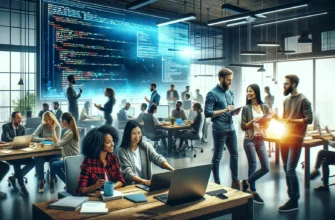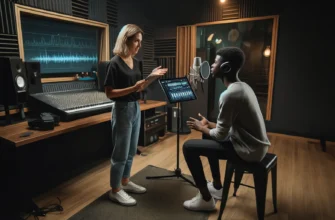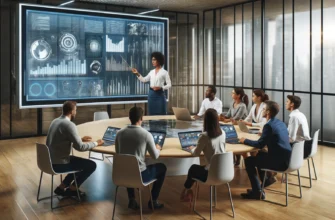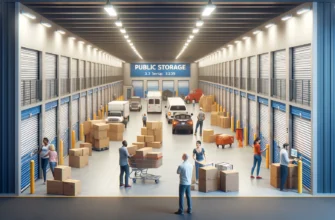Imagine if learning were a cocktail. In one glass, you blend the traditional zest of face-to-face classroom sessions with the digital fizz of online modules. What do you get? Blended learning, a dynamic educational mixology that’s quenching the thirst for knowledge in a way old school chalk-and-talk never could. It’s the academic equivalent of a brunch mimosa – necessary on Sundays and surprisingly effective. Let’s philosophize for a moment: isn’t life all about finding the right balance? Well, blended learning has done just that, creating a harmonious balance between analog wisdom and digital convenience.
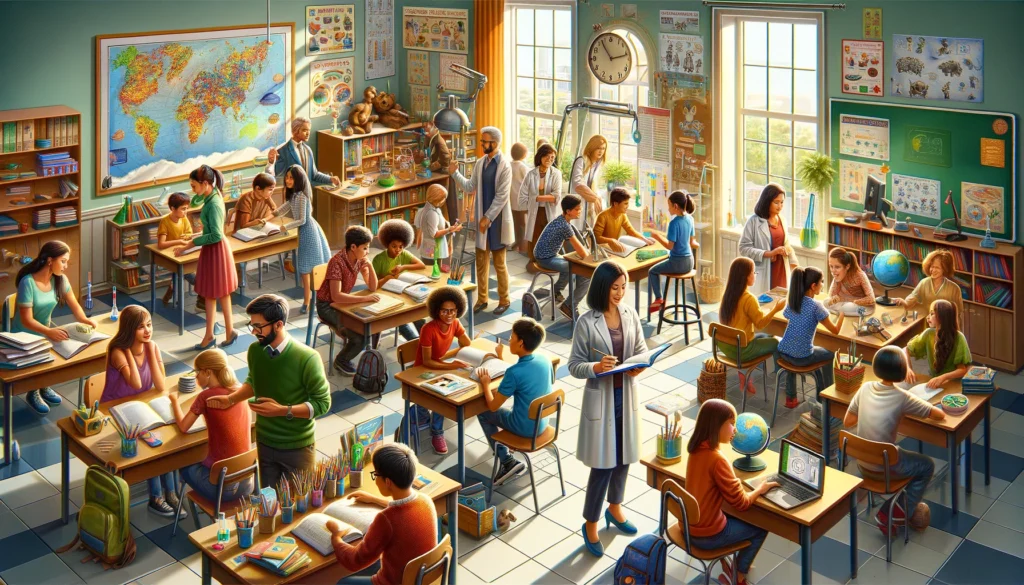
- The Top 10 Benefits of Blended Learning
- Flexibility
- Efficiency
- Access to Global Resources
- Personalized Learning
- Increased Engagement
- Better Communication
- Feedback and Tracking
- Cost-Effectiveness
- Sustainability
- Preparation for the Future
- Summary: Stirred, Not Shaken
- FAQ on Blended Learning: Stirring Up the Classroom Cocktail
- What are the 5 pillars of blended learning?
- What is the best type of blended learning?
- What are the four elements of blended learning?
The Top 10 Benefits of Blended Learning
Flexibility
Flexibility is the yoga instructor of the education world. Blended learning allows students to do their coursework anytime and anywhere, meaning that you can study during a midnight oil-burning session or in your pajamas. It’s like Netflix binge-watching, but you end up with a diploma instead of an existential crisis.
Efficiency
Blended learning is the educational equivalent of a Swiss Army knife – it packs multiple tools into one compact learning experience. By combining online educational tools and in-person support, it maximizes time and resources. This means less time commuting to classes and more time understanding the War of 1812 or the intricacies of photosynthesis.
Access to Global Resources
The online component of blended learning is like having a library that never closes and where the books never need to be returned. Students gain access to the vast expanse of global knowledge and resources, not limited by geographic or physical boundaries. If knowledge is power, then blended learning is a renewable energy source.
Personalized Learning
Blended learning is more tailored than a bespoke suit. It allows for personalized education paths through adaptive learning technologies which cater to individual student’s pace and style of learning. It’s like having a personal tutor who doesn’t mind repeating the same thing twenty times.
Increased Engagement
Integrating technology into the learning process can increase student engagement, especially with digital natives. Interactive videos, quizzes, and games make the learning process more engaging than just reading from a textbook. It’s the difference between reading about a lion and actually watching one chase down a gazelle in a video – one is clearly more gripping.
Better Communication
Blended learning tools provide various methods for communication – forums, chats, emails, and video calls. This means students and teachers can easily connect and collaborate, making it easier to ask for help or discuss a project. It’s the academic version of having a good cell phone signal – communication without the dropped calls.
Feedback and Tracking
With digital tools, teachers can offer real-time feedback and track student progress more effectively. This monitoring is akin to a fitness tracker for your academic health, showing where you’re performing strong and where you need to pump up the proverbial muscles.
Cost-Effectiveness
Blended learning can often reduce the need for expensive textbooks and commuting costs. It’s like shopping at a discount – you get the same quality education, but you keep more of your cash to spend on other important things (like coffee, the true fuel of academia).
Sustainability
Less commuting means fewer carbon emissions, and using digital resources can reduce the need for paper. Blended learning doesn’t just save trees; it saves whole forests and reduces your carbon footprint. It’s green, lean, and a learning machine.
Preparation for the Future
Blended learning helps students develop digital literacy and self-directed learning skills that are crucial for success in the modern workplace. It’s not just about what you learn, but how you learn to learn, preparing students for a world where continuous education and adaptability are key.
Summary: Stirred, Not Shaken
Blended learning is truly a cocktail of educational methods, stirred together to form a potent mixture that’s both effective and enjoyable. As the world leans more towards digital solutions, blended learning stands out as a forward-thinking, flexible, and fundamentally balanced approach to education. So, here’s to blended learning – may your educational journey be as enriching as it is exhilarating!
FAQ on Blended Learning: Stirring Up the Classroom Cocktail
Blended learning, the educational strategy that cleverly marries old-school chalk talk with the digital wizardry of online forums and interactive simulations, is like the hybrid engine of the academic world. Imagine if Aristotle could PowerPoint his ethics or if Newton could tweet about gravity. Here, we explore the ins and outs of this modern educational concoction.
What are the 5 pillars of blended learning?
- Flexibility – This pillar stands for the adaptability in learning pace and styles. Like choosing between yoga and sprinting, students can decide how and when they learn, proving that education isn’t one-size-fits-all.
- Technological Integration – Technology in blended learning is like spice in cooking; it enhances the flavor but doesn’t overwhelm. It ensures digital tools empower rather than replace the traditional methods.
- Varied Pedagogical Methods – Supporting multiple teaching strategies, blended learning adapts to include lectures, hands-on projects, or flipped classrooms, depending on what best suits the learning meal.
- Personalization – Tailored learning experiences are central, allowing paths through educational content as unique as fingerprints, providing a custom fit that’s just right.
- Data Utilization – The power of real-time data transforms teaching into a reactive, dynamic process. It’s like having a GPS for navigating student progress, helping educators steer students back on course when necessary.
What is the best type of blended learning?
Defining the “best” type of blended learning is like picking the best type of pizza – it depends on personal taste and context. However, the Flex Model often takes the trophy for versatility. It allows students to move fluidly between learning modalities, based on their needs, with most of their work happening on digital platforms but with support and intervention from teachers as needed. It’s perfect for self-directed learners and scalable from elementary through high school.
What are the four elements of blended learning?
- Online Learning Resources – These are the digital tools and content, from videos to virtual labs, that students can tap into anytime, pacing their own educational journey.
- Face-to-Face Instruction – The human touch remains vital. This component involves direct interaction and engagement with teachers, crucial for mentoring and support.
- Structured Scheduling – A well-defined schedule ensures that students balance between online and in-class activities efficiently, like a well-timed dance routine that keeps everyone in sync.
- Continuous Assessment and Feedback – Immediate and ongoing feedback through digital tools helps students understand their progress and areas needing attention, akin to a coach giving real-time pointers during practice.
